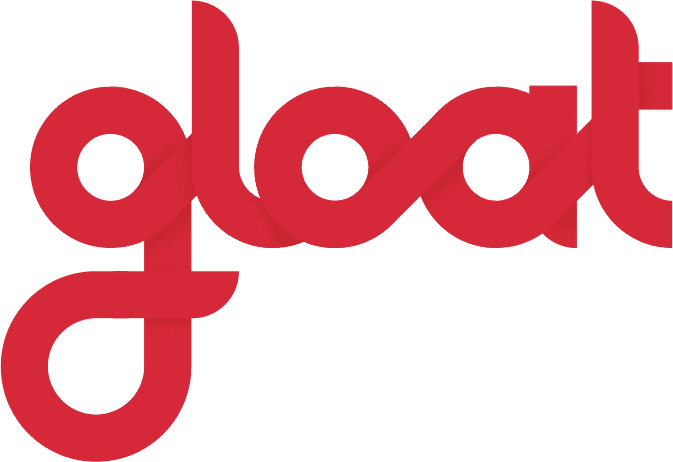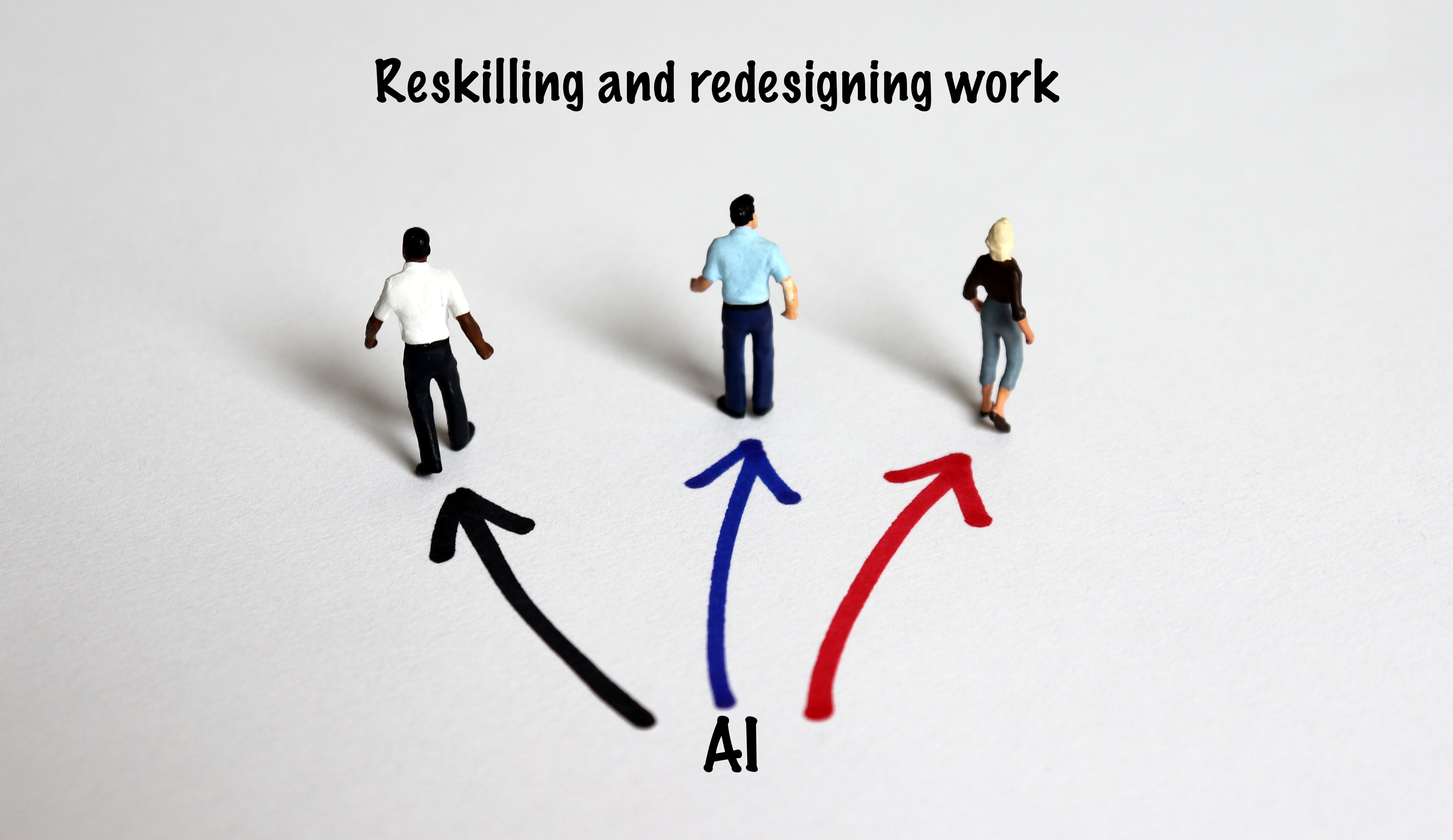March research round-up
What I am reading, listening to, and thinking about in the world of talent marketplaces

The need to reimagine work and workplaces is no longer up for debate. After more than two years of near-constant disruption, leaders understand that there’s no such thing as a return to normalcy. We’ve left that old highway behind and pivoted onto a new road, with new rules and new frameworks for success.
Becoming aware of the fundamental transitions that are taking place is an important first step. But if we want to set our organizations apart as leaders in this next chapter, we’ll need to do much more than that. It’s time to look beyond simply analyzing the changes that are taking place, and begin thinking about how to evolve and design our strategies accordingly.
To start, leaders must reexamine many of the rules and expectations that once seemed like standard practice. From the purpose of the physical office to the way careers are structured, every element of the working world is being called into question. And it’s up to leaders to figure out which frameworks are still relevant, and what workplace rules are meant to be rewritten.
Here are some of the lessons, breakthroughs, and discoveries to guide your decision-making process:
READ: What’s new in thought leadership about the future of work
The Great Resignation didn’t start with the pandemic, Harvard Business Review, by Joseph Fuller and William Kerr
At this point, we’re all familiar with the Great Resignation. Although the term has dominated headlines for nearly a year now, there’s still a lot of uncertainty around what’s fueling this mass employee exodus. While most leaders mistakenly believe it was COVID1-9 that set turnover surges into motion, Joseph Fuller and William Kerr suggest that the Great Resignation is actually the continuation of a longer-term trend. In their Harvard Business Review article, they explore the 5 factors that have combined to yield the changes we’re seeing in the labor market today: retirement, relocation, reconsideration, reshuffling, and reluctance.
The 9-to-5 schedule should be the next pillar of work to fall, The New York Times, by Emily Laber-Warren
Remote work is now part of corporate culture in a way that would have been unimaginable even a few years ago. And according to Emily Laber-Warren, flexible schedules need to come next. In her op-ed, she makes a strong case for moving away from the 9-to-5, arguing that less rigidity would be beneficial because our internal timers are all different. Since more than half of adults have a biological bedtime that falls after midnight, it be might be time to embrace a more flexible approach that empowers employees to work when they’re most productive.
HR technology market disrupted: employee experience is now the core, Unleashing human potential: the real secret of business success, Joshbersin.com, by Josh Bersin
Our colleague (and guru) Josh Bersin highlights two perspectives that are critical to what’s ahead for talent, HR, and business leaders in his pieces on Employee Experience and Talent Intelligence and Marketplaces as the core of HR Technology. There’s a lot here and I encourage you to read these articles. Both are examples of a world turned upside down. HR tech is becoming workforce tech: This involves moving beyond HCM systems (which provide valuable baseline information on employees and key HR transactions and reports) to platforms focusing on workforce and talent agility, experience, mobility, and growth.
These are “flow” and “marketplace” systems and these are where the action, value, and impact will be for businesses and workers. Josh’s piece on potential builds on a theme we’ve been focused on at Gloat since our founding: value is created by more than matching skills and people to work, but also by helping employees and managers explore their full potential. Again, there’s a lot here and these are two topics we’ll all be focusing on in the next few years: workforce tech (beyond HCM) and potential (looking at employee skills, interests, and aspirations).
In 10 years, ‘remote work’ will simply be ‘work’, Bloomberg, by Henry Ren
Speaking of remote work, Harvard Business School professor Prithwiraj Choudhury sounds pretty confident that it’s not going away anytime soon. In an interview with Bloomberg, he explores new research that suggests that remote work is a powerful win-win. He notes that companies that went 100% remote before the pandemic benefits from employees who are more productive, more loyal, and less likely to leave. It’s no wonder that organizations from Twitter to PwC are now taking note and giving employees the option to work virtually…forever.
How eliminating the ‘job’ can create sustainable equity, Forbes, by Ravin Jesuthasan
One of the biggest workplace pivots we can expect to encounter (hopefully in the very near future) is the move away from jobs. It might sound unthinkable at first, but future of work expert Ravin Jesuthasan explains why a taskified approach will be a win for DEIB initiatives. He notes that while a traditional, job-based system inclines leaders to consider DEIB episodically, a work without jobs approach that emphasizes the agile movement of talent through assignments puts a more sustained emphasis on creating an equitable workplace. These ideas are part of the book just released this month by Ravin and John Boudreau, Work Without Jobs.
Time to get off the ‘career track’, The Hill, by Blair Miller
It’s not just workplaces that are changing. Our entire approach to careers is shifting, and leaders need to get ready to start reimagining professional development if they want to set their organizations up for success. Author Blair Miller explains that, for future generations, career paths won’t look like a diagonal arrow pointing up. Instead, they’ll be more similar to a staircase overlapping with multiple squiggly lines, since we’re entering into the transition economy, which thrives on a part-time, distributed, flexible, short-term workforce.
10 newer truths of the HR tech market, HRExecutive, by Phil Albinus
HR leaders will continue to find themselves at the helm of reimagining work and workplaces. Consequently, it’s important to keep your finger on the pulse and take advantage of the latest innovations in talent management technology. Tech Editor Phil Albinus spotlights the top trends that leaders must have on their radars in 2022, which include skill taxonomies as the “next big thing” and talent marketplaces becoming their own category of HR technology.
LISTEN: What I’ve been playing on repeat
Century Lives, Stanford Center on Longevity, with Andrew Scott
As we reimagine work, we can’t overlook the role that longer lifespans will play. While professional lives used to be neatly broken down into three stages (education, work, and retirement), career trajectories in the new world of work look very different. Andrew Scott, an Economist at London Business School, predicts we’re entering the multi-stage life, where people will work for closer to 60 years but are given more flexibility throughout their careers…Scott is the co-author with Lynda Gratton of one of the best books on this topic, The One Hundred Year Life. It’s essential reading on this important topic.
THINK: What research and studies are saying about our path forward
When the grass truly is greener. How companies are retaining frontline talent, McKinsey, by Matt Fenton, Neel Gandhi, and Taylor Lauricella
At this point, we’re all very familiar with the Great Resignation. We’re aware that turnover rates are at an unprecedented high, especially for frontline workforces. What most leaders are lacking are insights into what they can do to attract and retain these employees. McKinsey offers specific suggestions with the potential to become game-changers, including cultivating a culture of development and energizing employees through meaningful work.
A call to action: Provide employees with room to grow, McKinsey, by Emily Field, Bryan Hancock, and Stephanie Smallets
The talent retention and hiring landscape is only going to get more competitive, so it’s time to figure out what to add to your strategy for retaining and engaging employees. McKinsey outlines three key priority actions you can take to enhance retention, including:
- Creating career paths and development plans
- Architecting skills-based learning journeys
- Creating a transparent internal job marketplace.
ICYMI: What I keep coming back to
Work, as we knew it, is overrated. Here’s a better way to look at it, Fast Company, by Tomas Chamorro-Premuzic and Becky Frankiewicz
Many employees are focused on what their workplaces are lacking. But Tomas Charmorro-Premuzic and Becky Frankiewicz argue that employers have raised the bar substantially, especially when we compare our present circumstances to the working conditions that our ancestors endured at the start of the 20th century. However, that doesn’t mean leaders should settle for the status quo. Instead, the authors offer several tips to reframe the way we approach work, including a focus on upskilling and prioritizing performance over presenteeism. Thanks to Tomas and Becky for putting this in a historical context and providing some concrete ideas on how we can do better.
CONNECT: What future-fit organizations and leaders are talking about
America’s best startup employers, Forbes
To end this roundup on a celebratory note, I’m taking a moment to recognize Gloat and all of the other visionary organizations named on the Forbes list of America’s Best Startup Employers. It’s worth celebrating companies of all sizes that are focusing, investing, and delivering great employee experiences and superb business results. A special thanks to our partners who share our vision for changing the way the world works. We look forward to celebrating many more exciting milestones together in the future!
Let us know what you would add to our list.





